Having a handgun holster in your car is all about being prepared and staying safe. The way it’s mounted plays a big role in how quickly and comfortably you can access your firearm when needed. A holster that’s angled wrong, too far out of reach, or wobbling around with every bump in the road doesn’t just feel off. It can slow you down or even put you at risk. Getting the position right isn’t just about personal comfort. It’s something you’ll want to take the time to get right.
Adjusting your car holster for a handgun doesn’t have to be a big project. It’s usually a matter of looking at how your car is laid out and how you move inside it. Whether you spend long hours behind the wheel or just a few minutes a day, small changes in holster placement can make a noticeable difference. The goal is easy access that feels natural and quick—like muscle memory in motion.
Assessing Your Vehicle For Holster Placement
Before jumping in with tools and hardware, it’s smart to take a good look at your vehicle’s layout. Car interiors are different across models, and details like console design, seat height, and emergency brake location can all play a part in where your car holster ends up.
Here are some commonly used and proven spots for mounting a handgun holster in your car:
- Side of the center console: Located right next to the driver's seat, this is one of the more popular choices. It's easy to reach and stays mostly out of sight.
- Under the steering wheel: A solid option for right-handed draws, but you’ll want to be sure it doesn’t cramp your legroom.
- Seat-mounted: Often attached to the metal rails under the seat, this keeps your firearm out of sight. It may take a little longer to reach.
- Dashboard-mounted (only if permitted): This has to comply with local visibility laws, and even so, it should not be easily seen from outside your vehicle.
When deciding on a location, keep these points in mind:
1. How quickly you can reach it with your dominant hand while buckled in.
2. Whether the spot is visible from outside. Avoid encouraging unwanted attention.
3. If the holster interferes with any controls like the pedals, glove compartment, AC vents, or seat adjustments.
4. State firearm laws. Even if your car is locked, some regions may have rules about visible or accessible firearms.
It's a good idea to simulate your reach before making a final decision. Sit in the driver’s seat, buckle up, and test if the potential spot allows a quick and natural draw. If your body has to twist or shift in an uncomfortable way, it's probably best to find another location.
For long-distance drivers or people who cross multiple states, look for options that give both strong access and flexibility for adjustments as legal requirements vary.
Step-By-Step Guide To Adjusting Holster Position
Once you’ve locked in a spot that feels right, the next step is getting the mount secured. Below is a walk-through of how to make that happen and what to check along the way.
1. Check your holster mount type: Is it magnetic, screw-in, or mounted with brackets or straps? Knowing this helps you gather the right tools.
2. Gather your tools: These usually include a screwdriver, screws or bolts (often included with your holster), and an Allen key or wrench depending on the setup.
3. Clean the mounting surface: Wipe away any grease, dust, or buildup on the surface using a dry cloth. A clean mount surface helps keep things secure over time.
4. Dry-fit the holster: Hold the holster in place and sit in the driver's seat. Try a few drawing motions, both with and without your seatbelt. This will help you fine-tune the angle and reach.
5. Secure the mount: If everything feels good, go ahead and secure the mount firmly. Don’t over-tighten though, especially if the interior surface is plastic. You don’t want to strip screws or crack the paneling.
6. Attach the holster: Get it locked in place based on what your mounting kit supports. Some use slides, others snap in magnetically. Test that everything holds firm during movement.
Treat this step with care. The way your holster is mounted matters during rough roads, fast turns, or any driving that may cause the car to shift. Think of it like installing any other safety equipment—it should feel locked in and steady every time you get in the car.
Once finished, try a few dry runs again. Sit in your usual driving position and practice your reach a few times. Even small misalignments can show up during test runs. It’s better to get it perfect now than regret a rushed job later.
Testing And Fine-Tuning The Holster Position
Once the holster is mounted, it's time to put it through real-world checks. This is where small tweaks can go a long way. Start in the driver's seat, seatbelt on, and go through a few practice draws. You should be able to reach the firearm naturally without leaning or twisting.
Pay attention to how the holster responds during driving. Does it stay firm during sharp turns? Is there any wobble during sudden stops or bumpy conditions? Even the best mount can need small tweaks to get right.
Here’s what you can try:
- Change the angle slightly if your wrist feels strained during the draw.
- Raise or lower the mount by a small margin if the path of your hand feels blocked.
- Add padding or adjust tension if your firearm shifts position when you hit a pothole or brake hard.
If needed, go back and re-adjust mounting screws or reposition the holster to find the most secure and accessible hold. Don’t settle for "good enough." This is a key part of your setup that needs to perform every single time.
Regular Maintenance And Safety Checks
Just like any piece of gear, your car holster needs routine maintenance. Over time, even the most solid mounting points can loosen or wear out. A quick visual and hands-on check goes a long way in keeping everything in working order.
Make the following part of your regular check-in:
- Dust off and clean the holster mount regularly. Dirt or buildup can weaken grip strength or lead to slippage.
- Check for cracks or damage, especially where the holster connects to the mount or clips.
- Periodically test your draw under different conditions. Comfort and ease of access should remain the same.
- Always double-check local laws if you’re planning interstate travel. Gun laws can shift, and a location safe in one state might not be allowed in another.
Establish a habit of checking your holster at least once a month and always after a long drive or tough road conditions. This small habit helps avoid bigger problems down the line.
Upgrade Your Setup With a Strong Solution
Paying attention to your car holster’s placement isn’t just a detail—it’s an upgrade to how ready and safe you are on the move. When your firearm is within easy reach and mounted safely, you build muscle memory that could make a major difference in an emergency.
Taking a little time to evaluate your vehicle, follow a smart mounting process, and stay on top of small adjustments ensures you’re always in control. No matter how often you're on the road, a properly placed and well-maintained car holster is one of the best ways to keep safety within arm’s reach.
Having a reliable and accessible handgun in your car can make all the difference in an emergency. If you're ready to seamlessly integrate safety and convenience, consider enhancing your vehicle setup with a well-placed car holster for handgun. VULCAN Arms offers a selection of mounts designed for quick, intuitive access while maintaining security. Transform your driving experience with gear that supports your peace of mind on every journey.




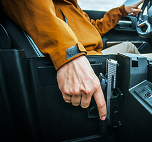
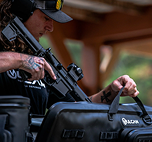
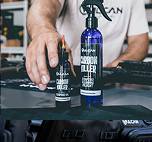
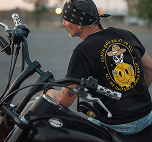
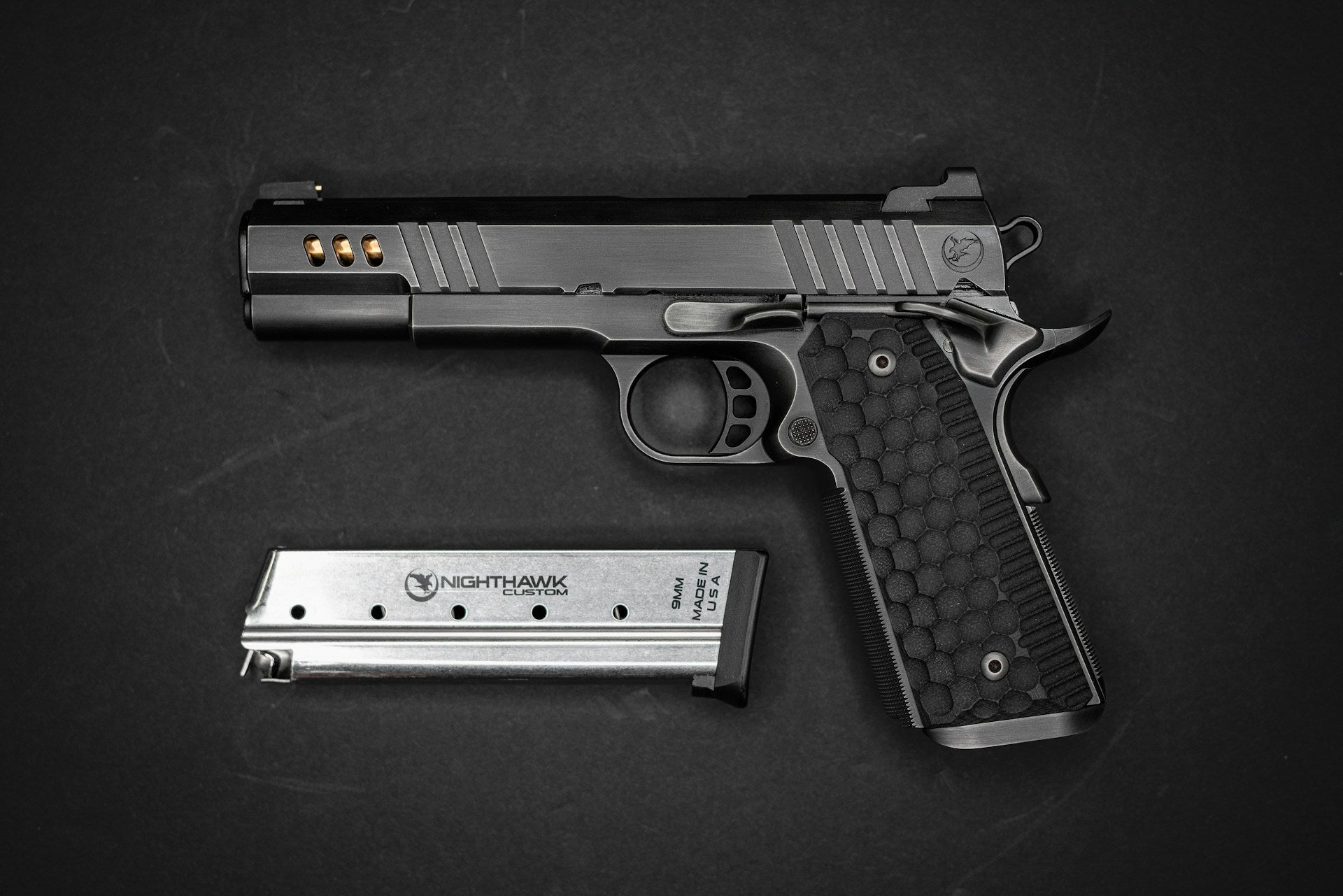
Share:
When QuickMag Needs Remounting
Fixing Under-Desk Holster Mount Wobble